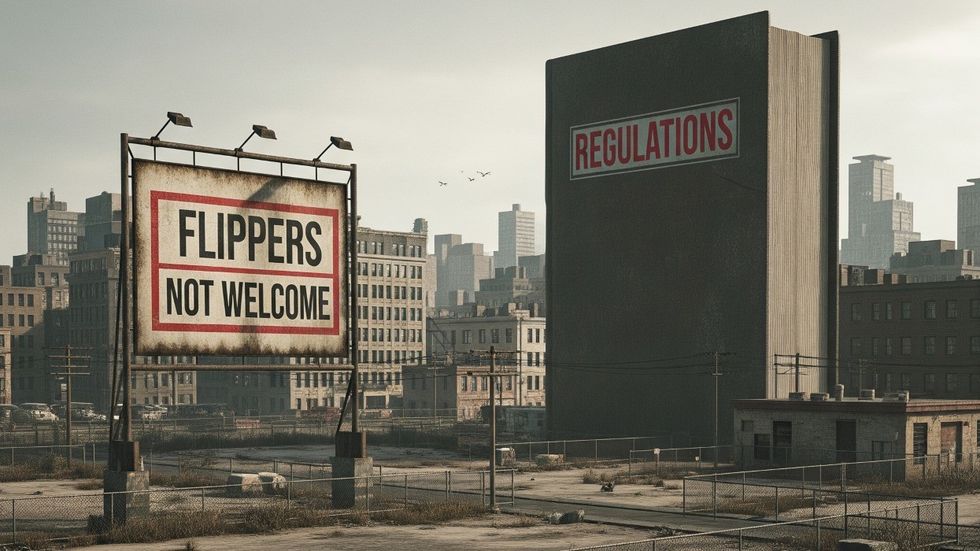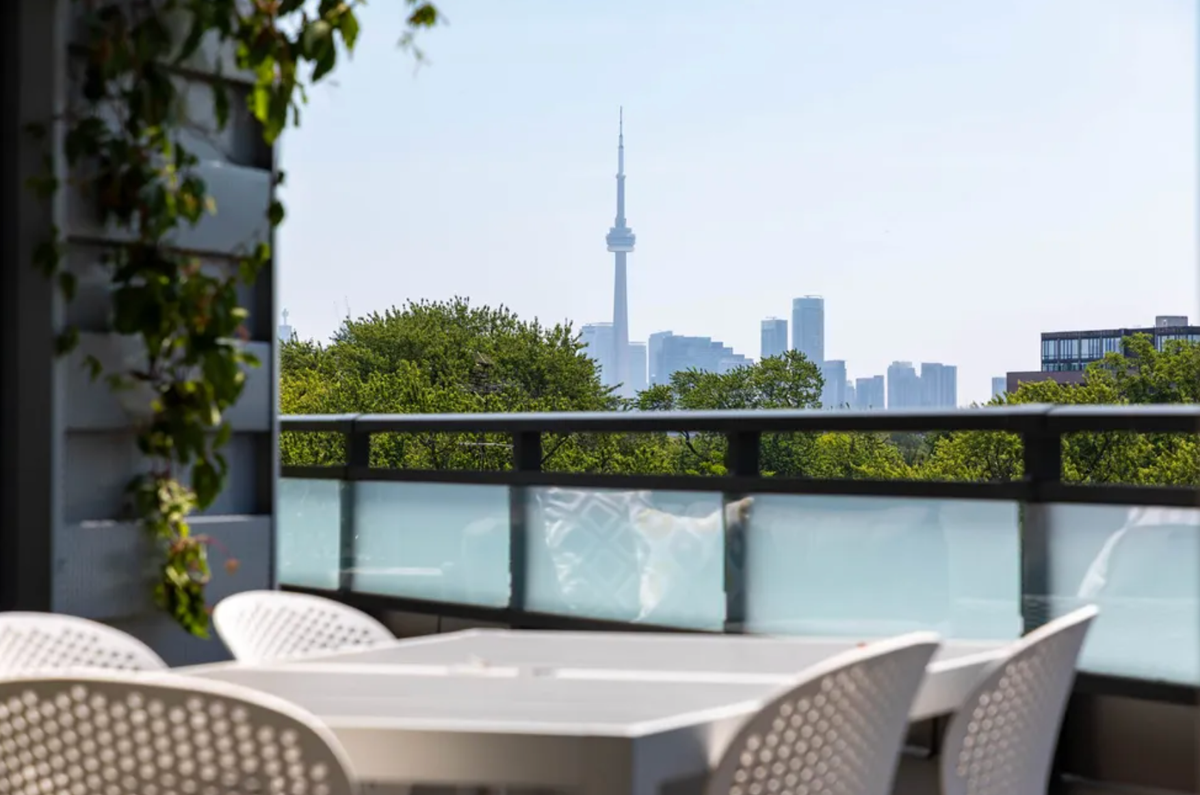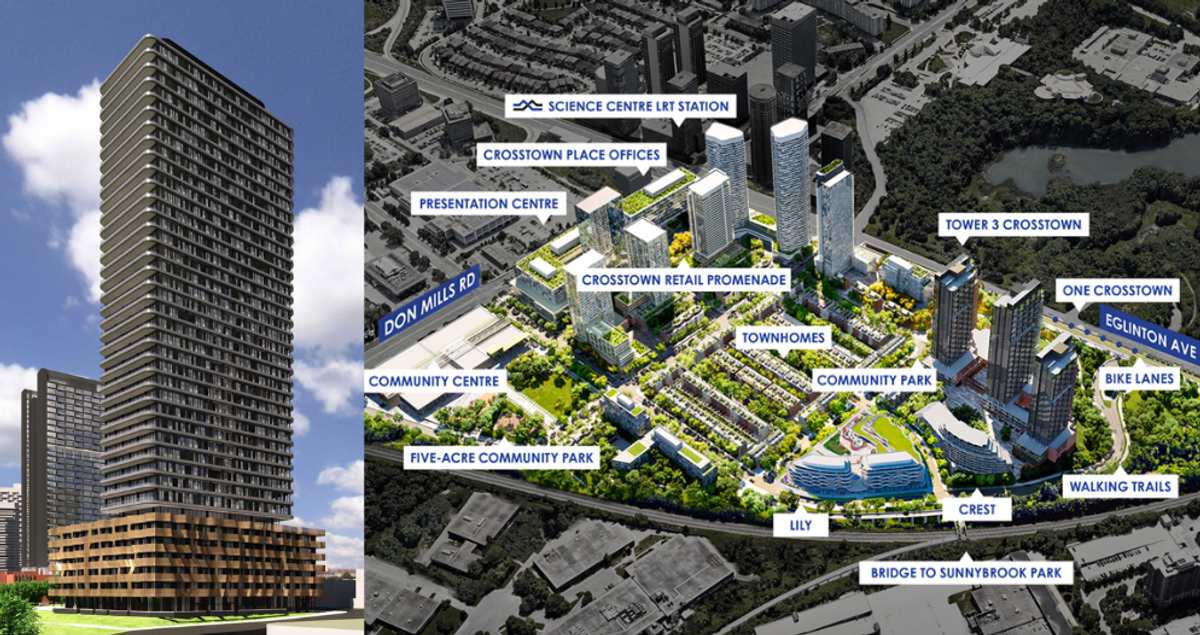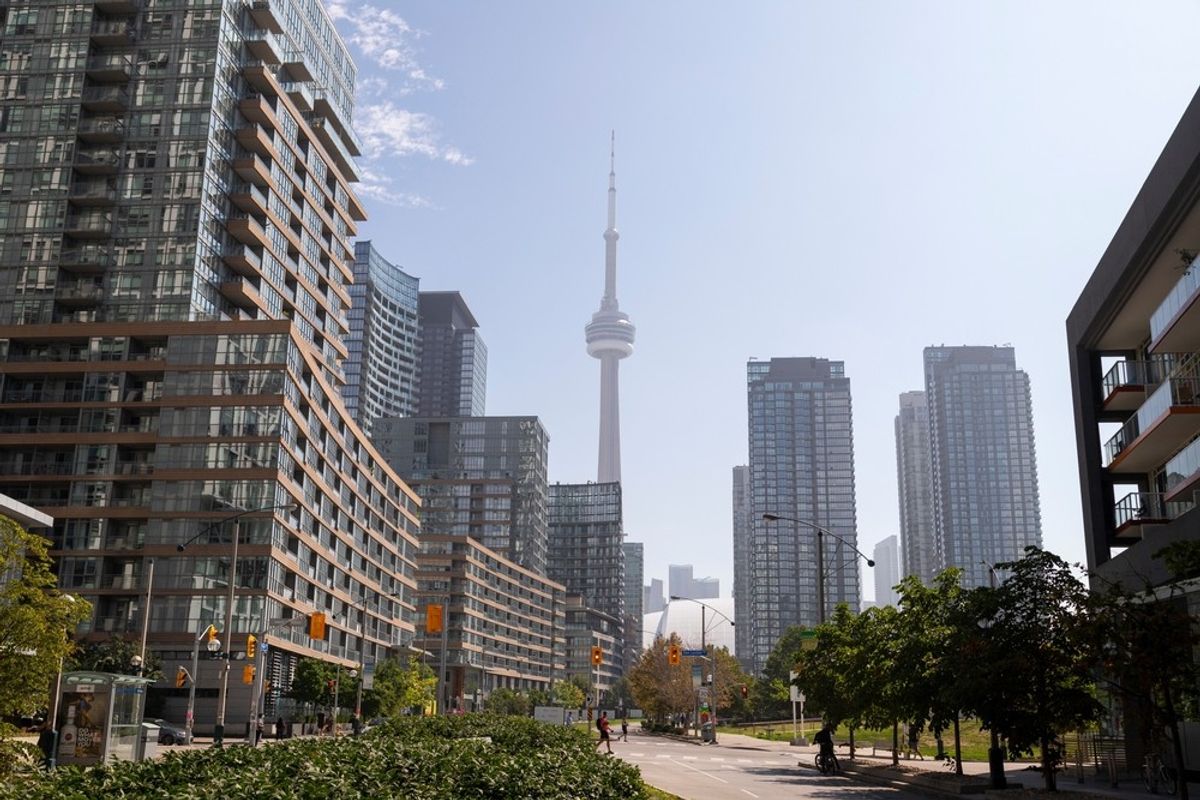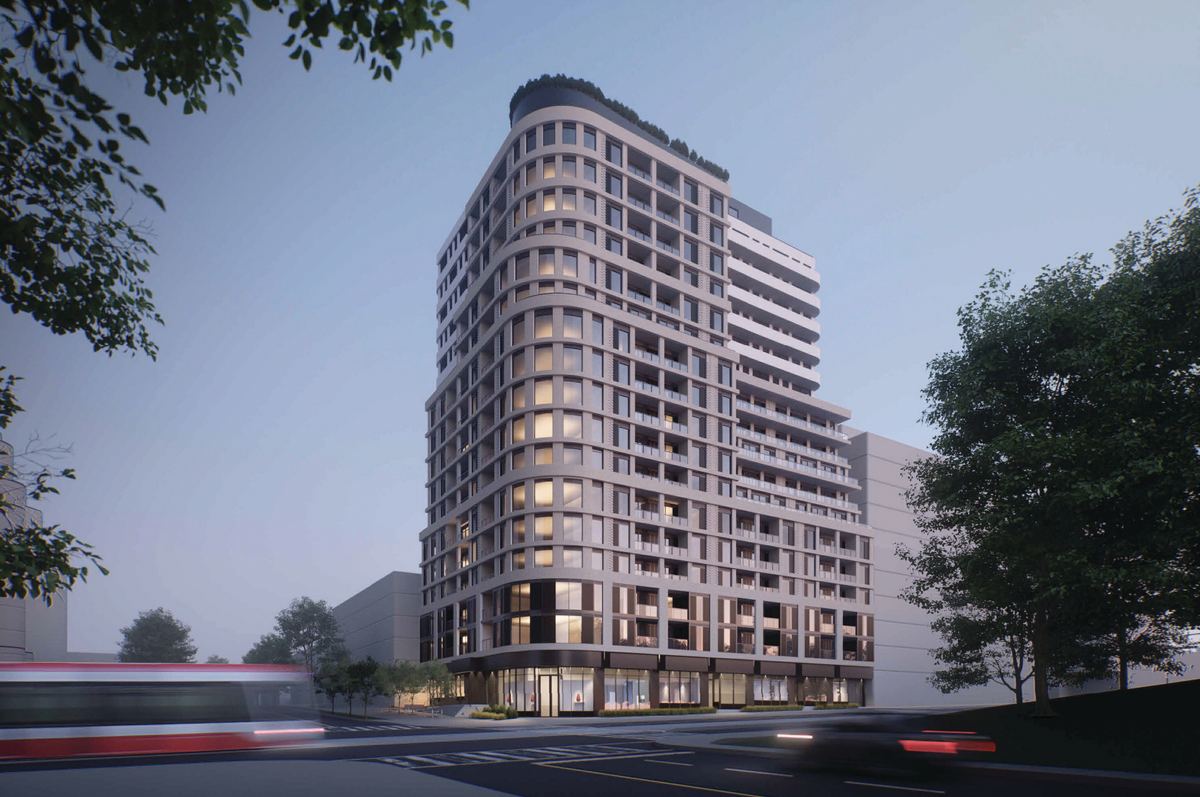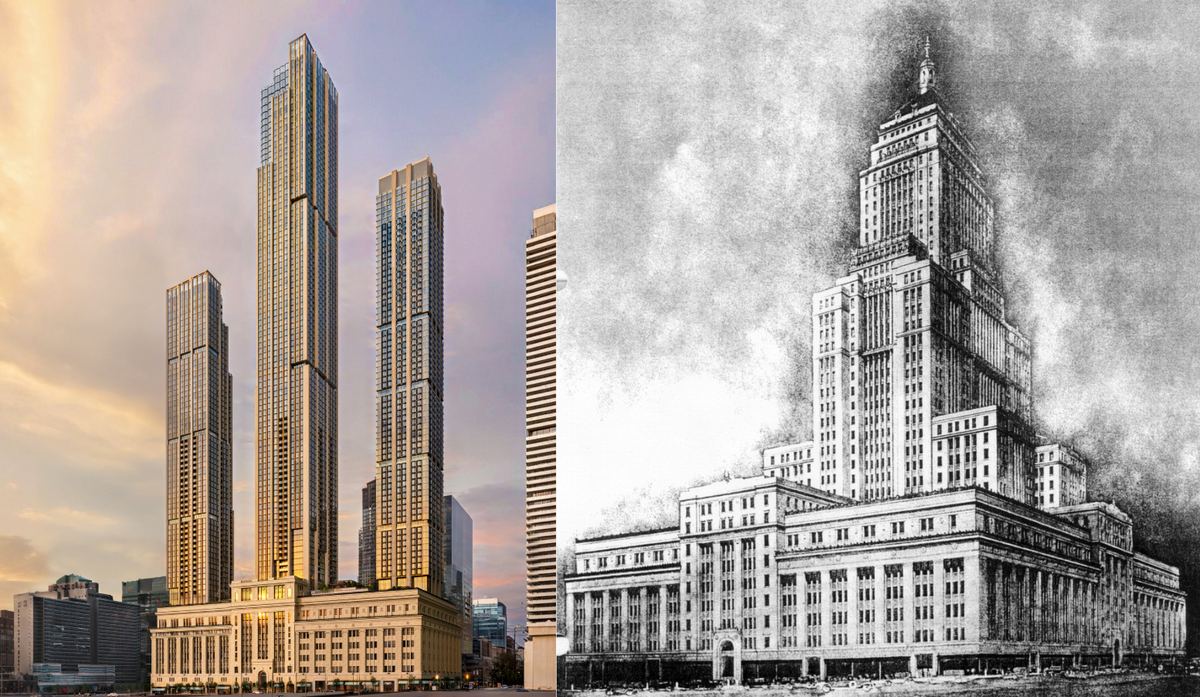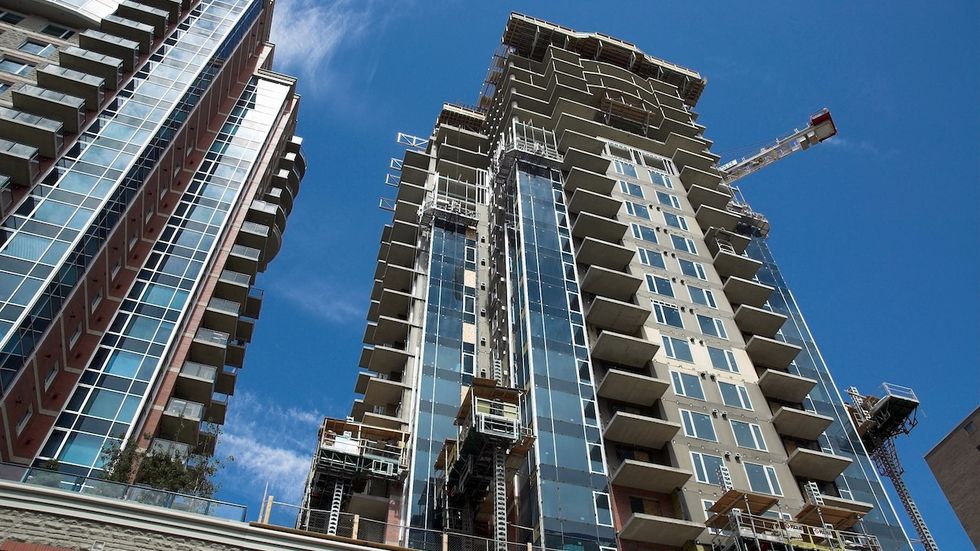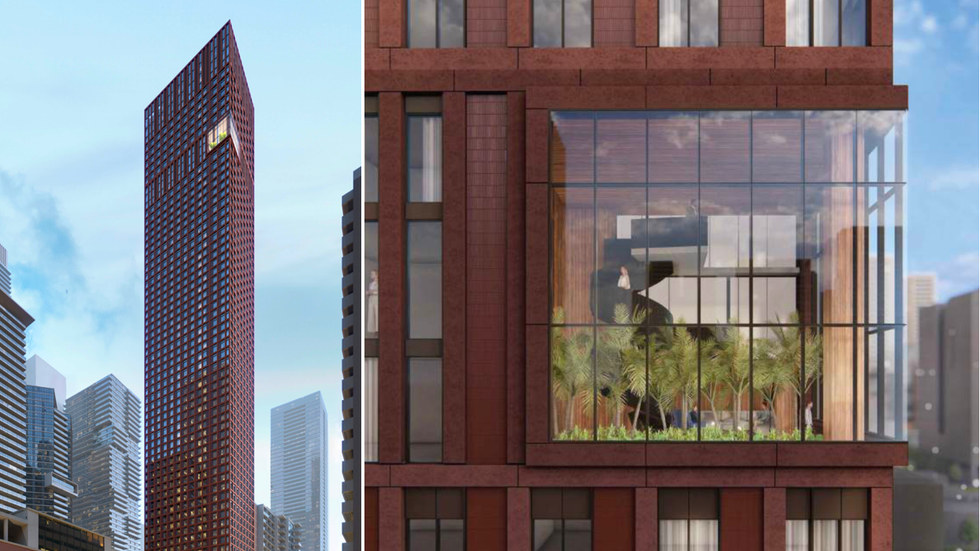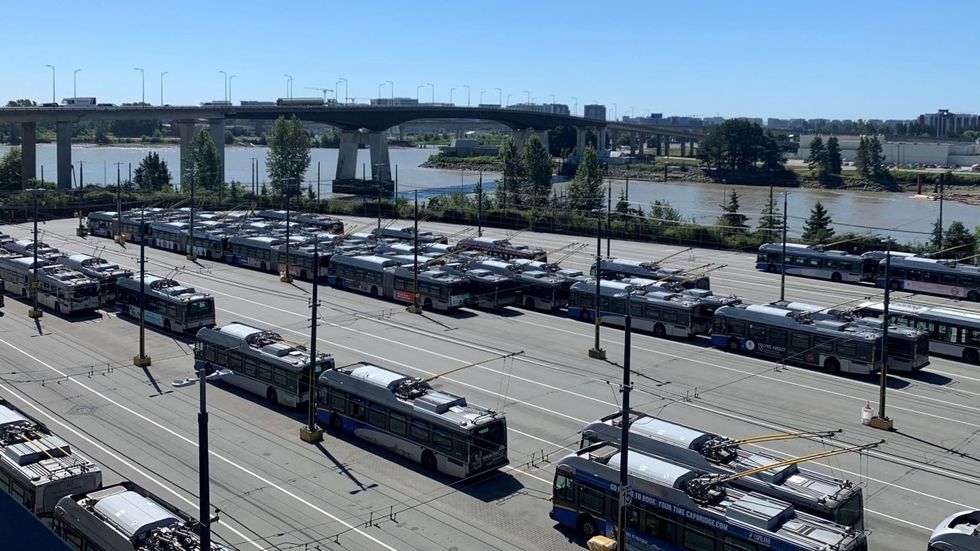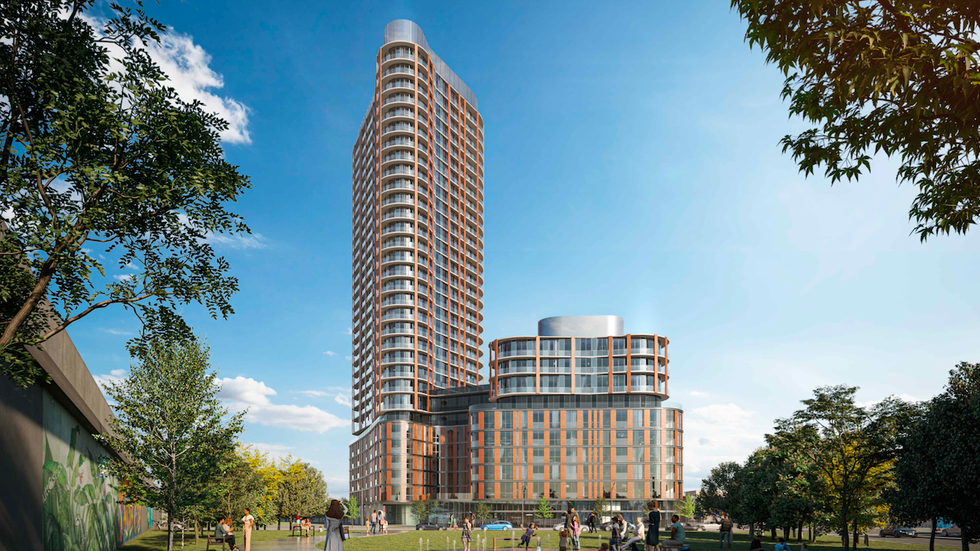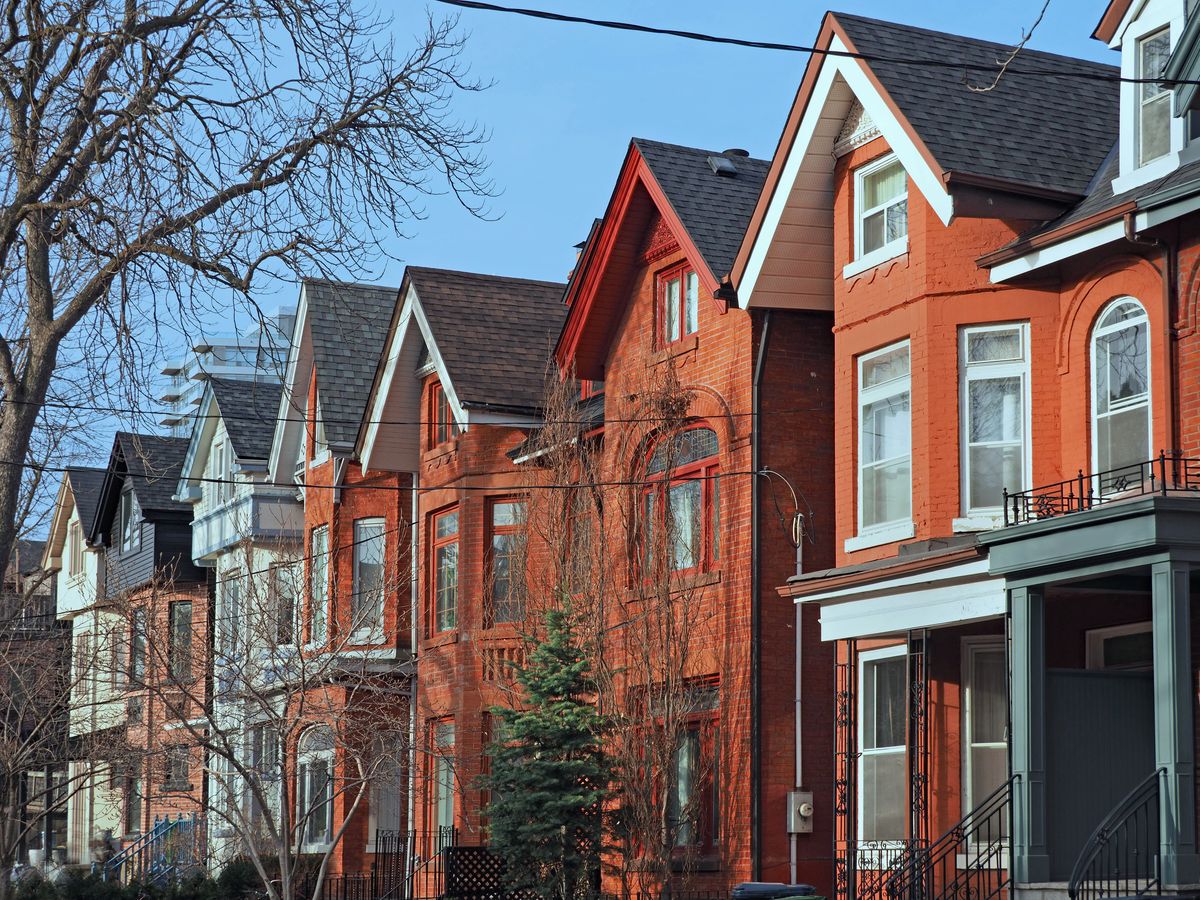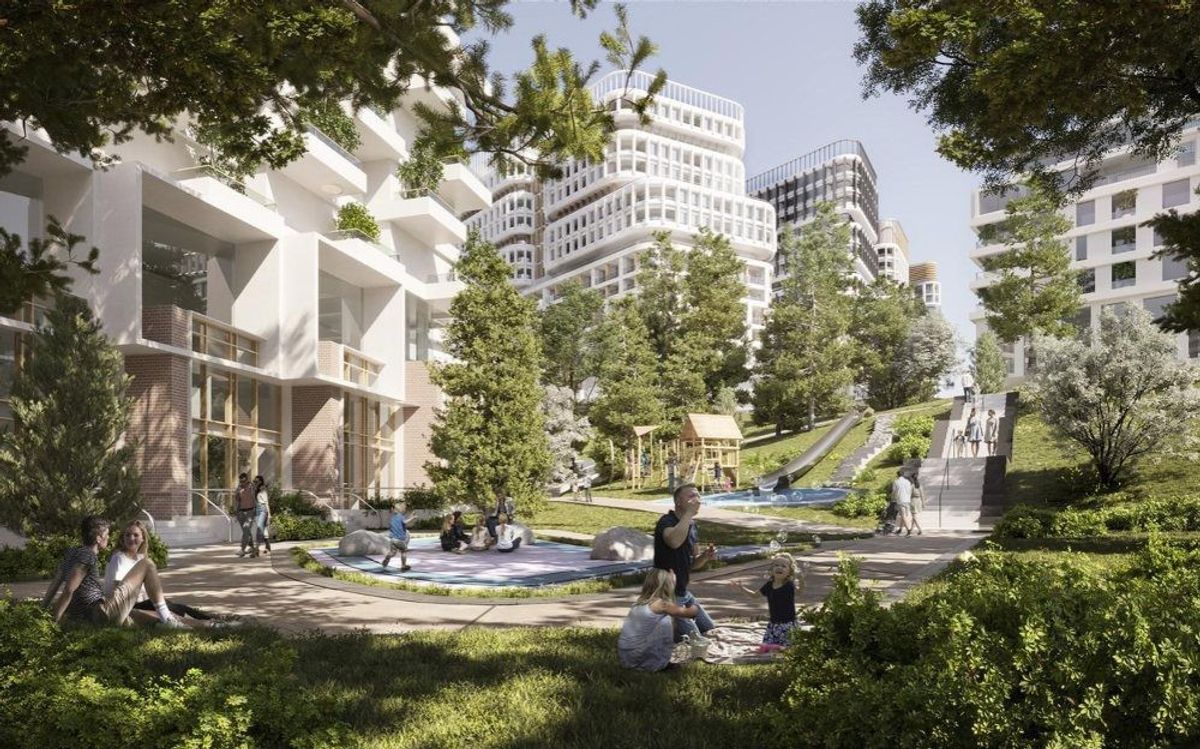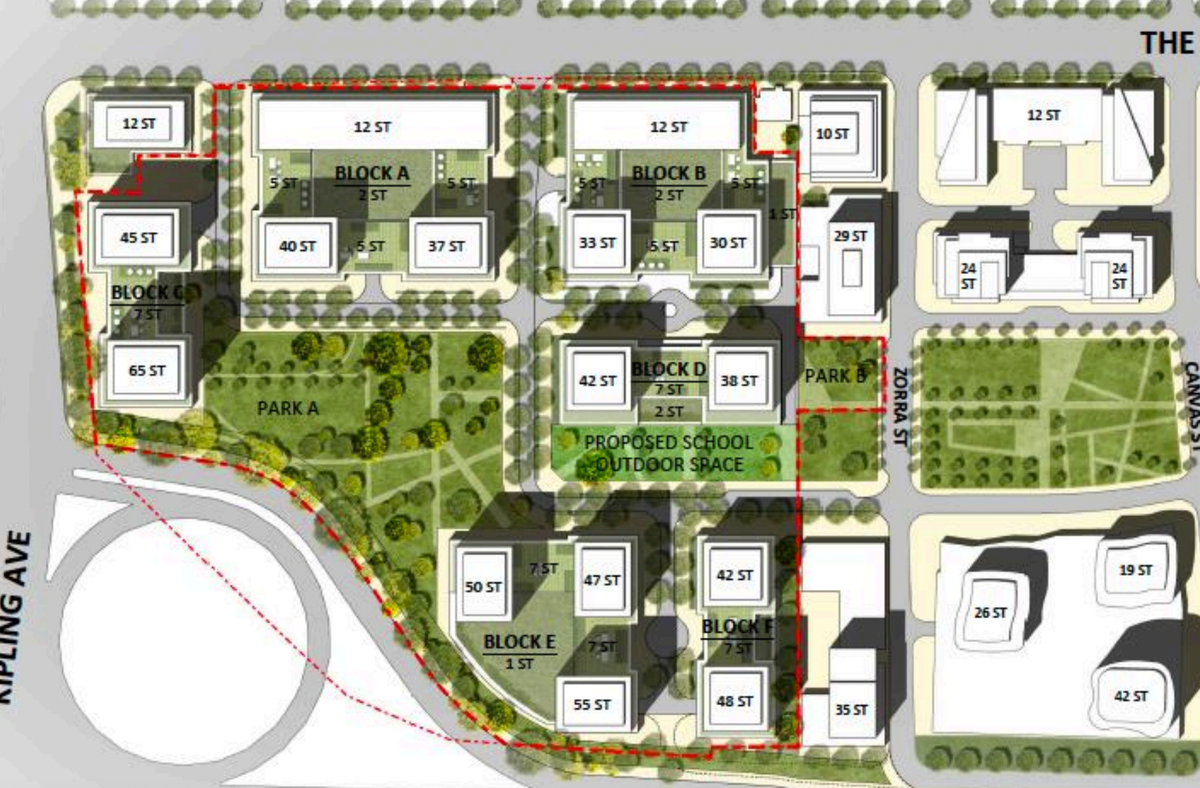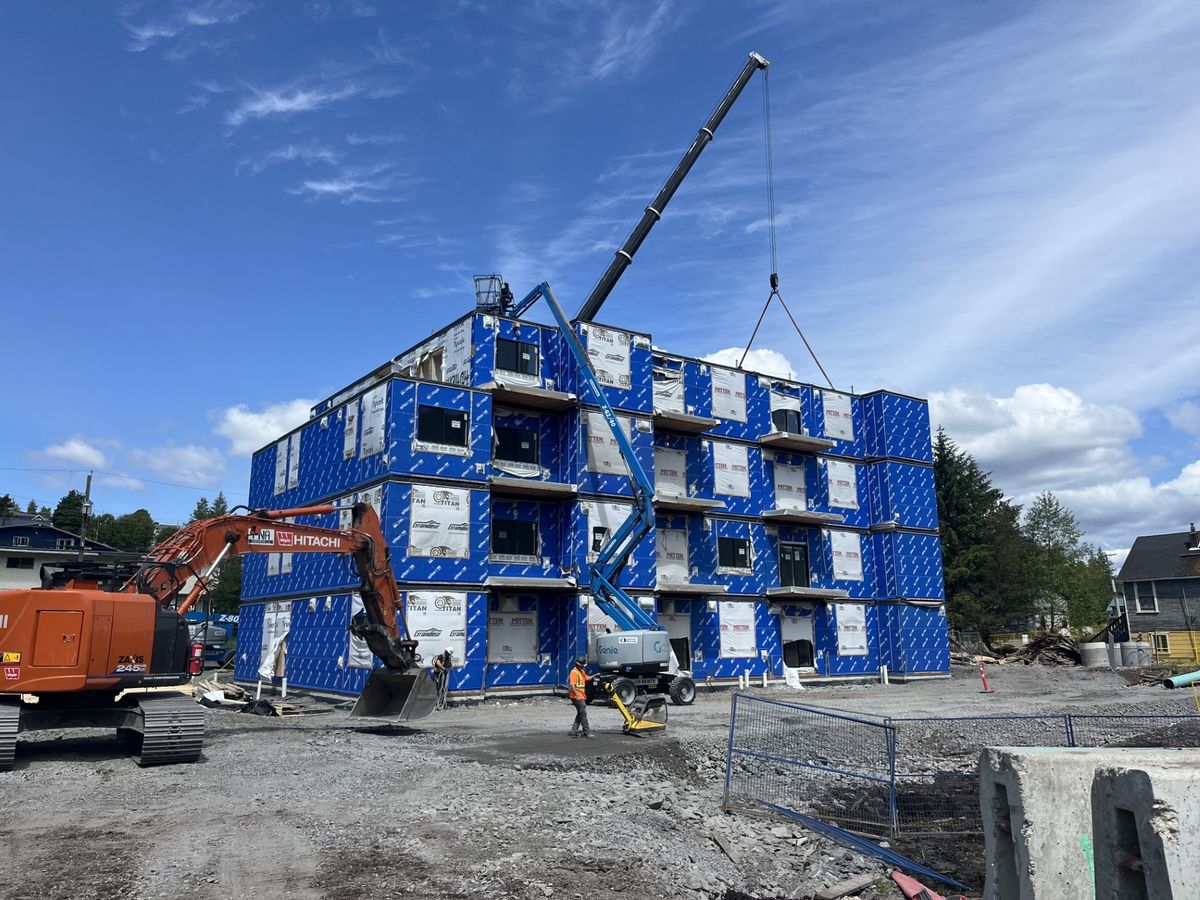At a Planning and Housing Committee meeting on Thursday, councillors adopted a number of items aimed at providing more housing across Toronto.
Office Replacement Needs
First up, councillors considered the second and final part of the Office Space Needs Study, a study requested by the City in order to guide next steps for bringing new office replacement policies into effect in light of high office vacancies and Toronto’s housing shortage.
Back in June, preliminary findings recommended that areas with a 100% office replacement requirement have that requirement lowered to 25% to reflect current housing and office demand. The second report reiterated this finding and found that “New office development will continue to be challenging and the inclusion of significant amounts of office space in new development represents a burden to feasibility that may lead to net-financial losses in many cases.”
The report also noted that it is unlikely that high-performing, Class A office buildings would be converted to residential, instead finding that 95% of existing conversions are tied to class B and C office buildings. Consultants on the study also highlighted the opportunity for City staff to initiate a clear and balanced policy response to respond to a “major shift in office needs in Toronto."
The item went forward with motions from Councillor Gord Perks requesting an analysis of the applicable policies, standards, and regulations related to replacing office space with residential to be returned in April 2025, and from Councillor Brad Bradford, who requested, among other motions, “that a percentage replacement no greater than 25 percent is contemplated and make best efforts to provide greater opportunities for office buildings to convert to residential and alternative uses.”
Mid-Rise Building Design Guidelines Updated
On improving the building application process front, updated Mid-Rise Building Design Guidelines were presented to and adopted by Committee to be published on the City Planning website. These guidelines steer the evaluation of mid-rise development proposals, and the updates are meant to encourage mid-rise developments that "are more economical to build and more environmentally sustainable."
Updates to the guidelines include height increases up to 14 storeys for mid-rise buildings adjacent to streets with a 45-meter right-of-way width. The new guidelines suggest that "On streets of any right-of-way width, additional height, taller than the adjacent ROW width, may be considered on deep sites." Before, Built Form Policy required that mid-rise buildings have heights generally no greater than the width of the right-of-way that it fronts onto.
The updates also included the elimination of requirements for angular planes and more flexible massing to increase gross floor area and opportunities for additional residential units.
Addressing Missing Middle City-Wide
As well, an item pertaining to strengthening the Missing Middle was adopted. Committee adopted a motion to recommend that City staff develop a Missing Middle Action Plan (MMAP) based on the Key Findings report for the Beaches–East York Missing Middle Pilot Project at 72 Amroth Avenue, along with the advice provided by the Missing Middle Advisory Group.
The Advisory Group was set up to advise the missing middle pilot and help inform lessons learned in developing housing of a similar scale on other appropriate sites. In a backgrounder from Councillor Bradford he says it is "imperative that the lessons learned contribute to meaningful policy reforms that facilitate the creation of new missing middle housing across Toronto."
The development of the aptly-acronised MMAP is intended to map out how we can facilitate construction of missing middle housing city-wide and will be completed in Q2 2025.
- Toronto's Busiest Streets Could See More Mid-Rise Buildings ›
- Regulatory Change That Could Speed Up Office Conversions Proposed After Ford Government Voted Bill Down ›
- We Already Know Ontario Will Likely Miss Its 2031 Housing Goal. So Now What? ›
- Bonnie Crombie's Housing Plan Targets DCs & Land Transfer Tax ›

